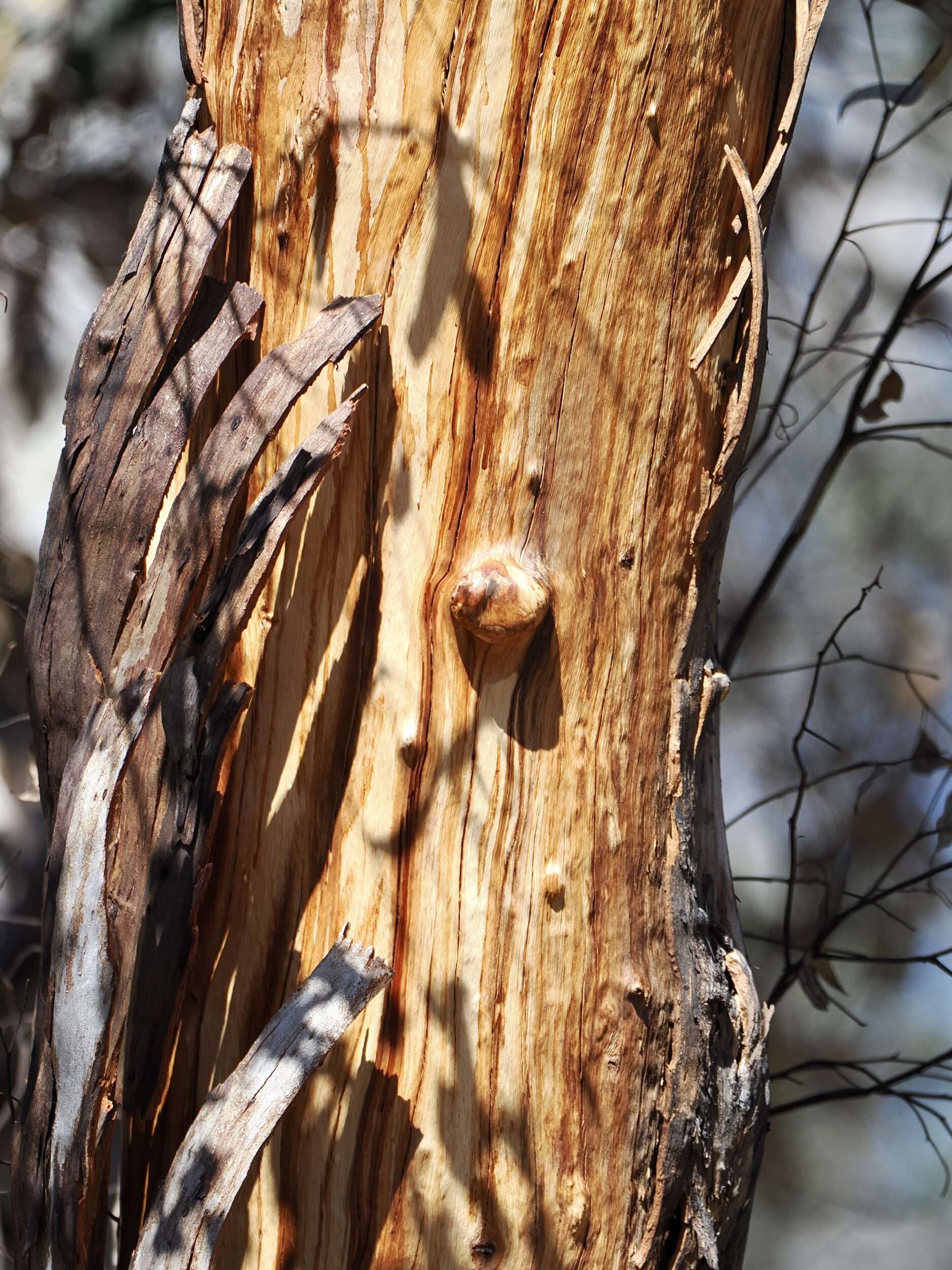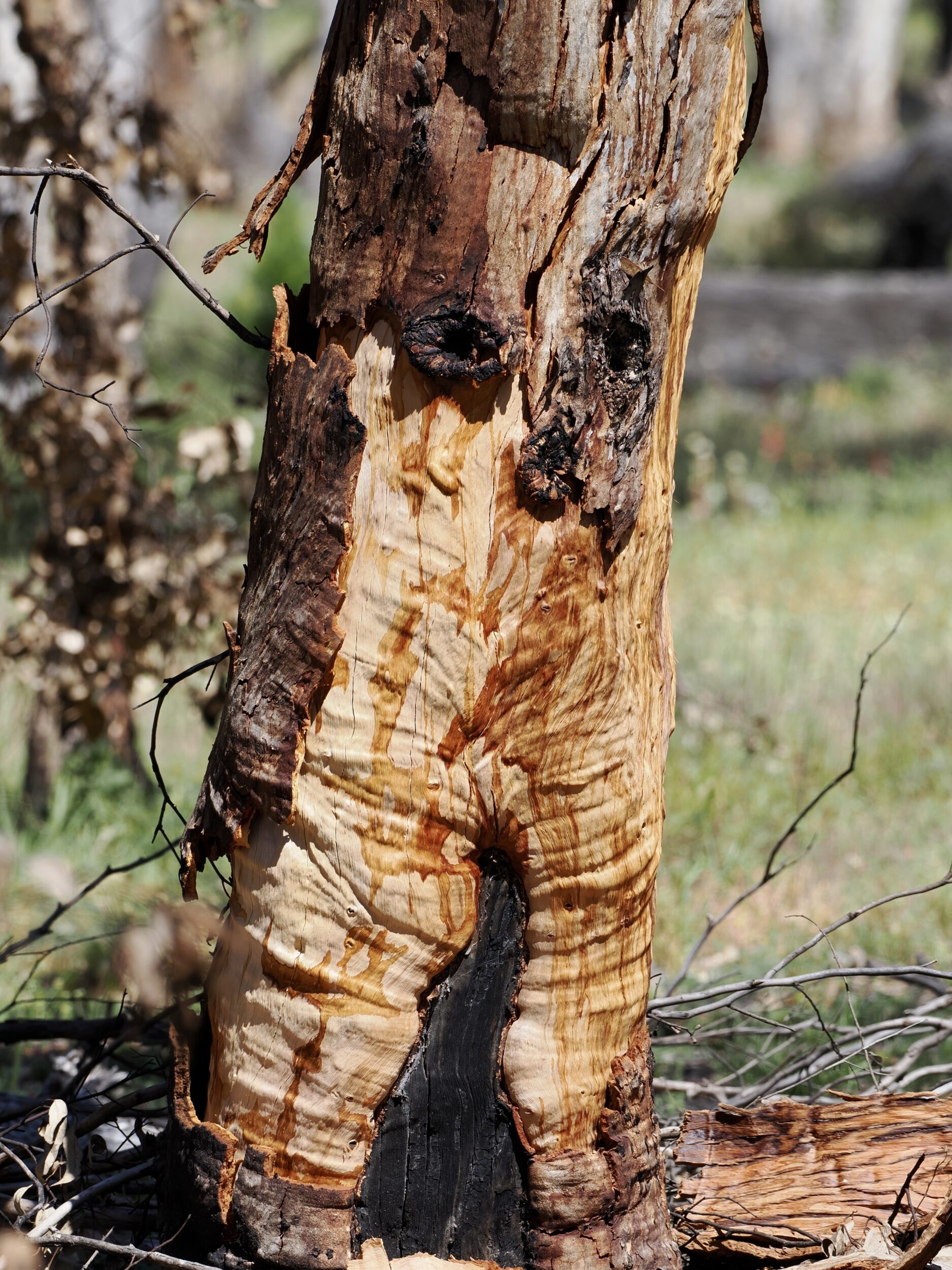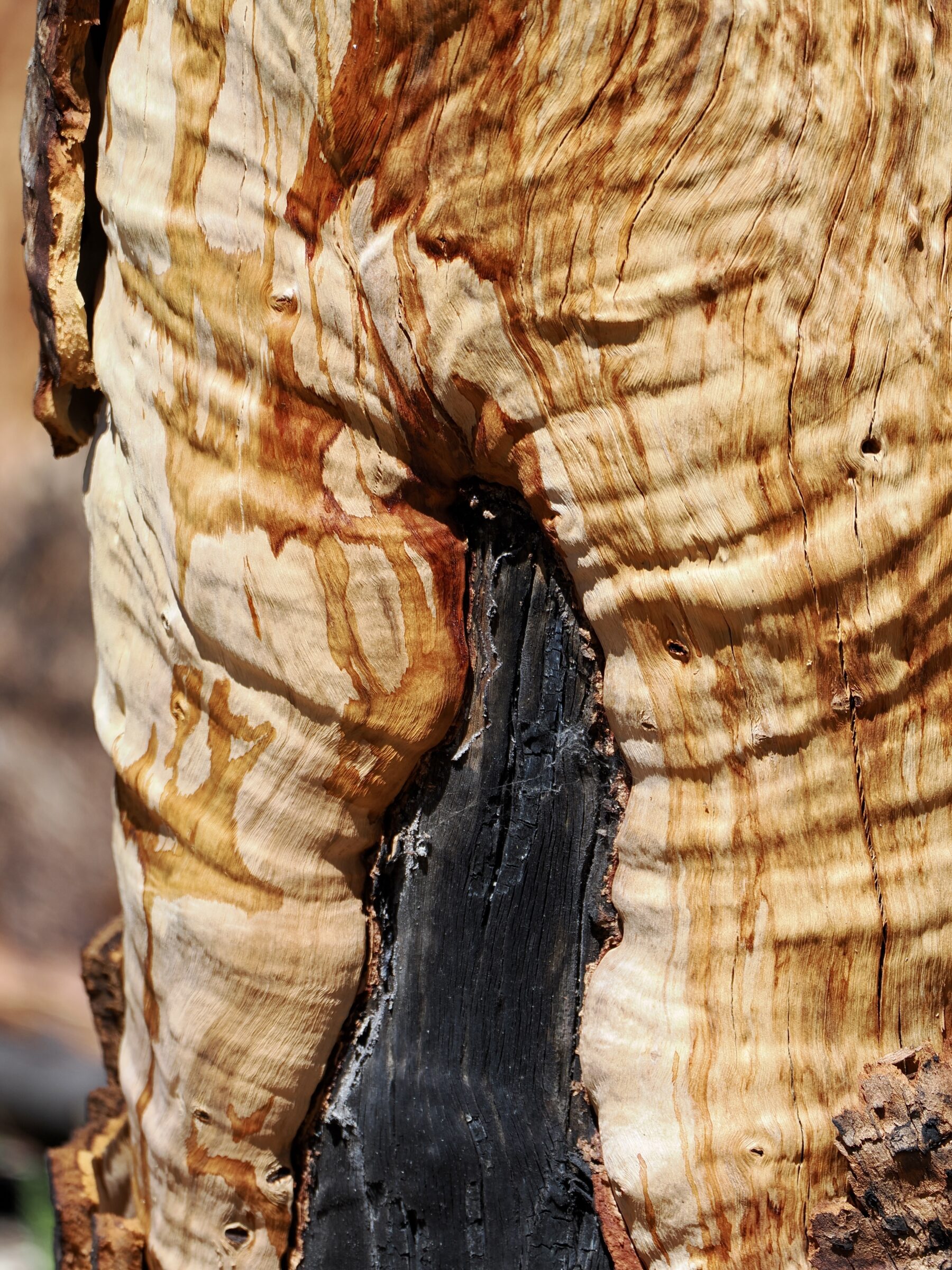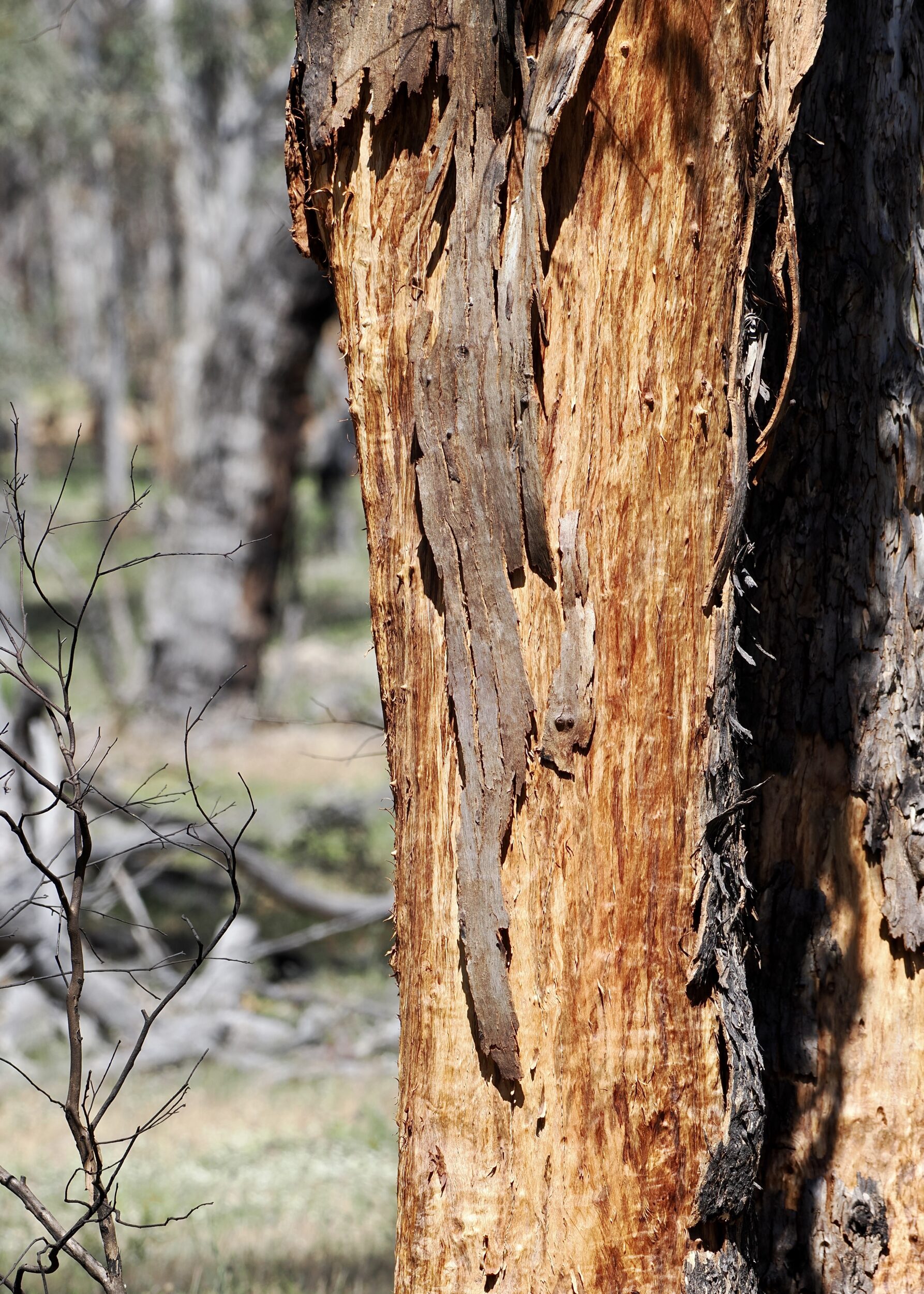In this episode no flowers are readily visible, but its heroes are flowering plants.
Their genus has circa 700 species and its tallest members are “our” planet’s tallest flowering plants.
Most Eucalyptus species call Australia home, although many now flourish – some of them rather too well – on every other human-inhabited continent.
They dominate most Australian forests and woodlands.
Wandoo woodlands exist only in certain parts of Australia’s southwest.
No matter how well-travelled, persons lucky enough to have experienced wandoo woodland tend to regard it as something unique and highly likeable…notwithstanding the “unhappy” fact that ticks are also partial to it.
This post’s photos were all taken in some typically-open, easily-walkable, wandoo woodland on the inland side of the Darling Range, circa 100 ks southeast of Perth’s CBD.
Wandoo woodlands are usually rich in birdlife and wildflowers.
Click this for a well-illustrated, succinct overview of wandoo.
Several species of white-ish, WA-endemic “white gums” are known as “wandoo”; typically, their trunks incline to white-ish, but with brown-ish or “rusty” mottling, and highly variable amounts of darker bark, which ranges from conspicuously-present to barely-there.
All eucalypts are fire-adapted, and almost all are fire-dependent, albeit in very variable ways.
The tallest species of them all inhabits cool, wet places, where individuals thrive for hundreds of years, unburnt; ultimately, however, even Eucalyptus regnans (Mountain Ash) requires fire.
Wandoo’s natural habitat is a deal harsher, hotter, drier and much more highly fire-prone.
By definition, any mature wandoo has survived a great many fires.

This post’s trees are, I think, wandoo-proper, Eucalyptus wandoo.
Their bulk and height are modest, relative to Eucalyptus regnans, but a mature wandoo is still a substantial tree. If a large, old wandoo stood beside a six storey building, the top floor residents would look up from their balconies to that tree’s canopy.
Wandoo wood is even harder – and more dense – than jarrah.

Since 1829, the desire for its timber and the “clearing” of its habitat have drastically reduced wandoo’s abundance.
The quality of most remnant wandoo woodland is highly-degraded.
For many thousands of earlier years, humans – and other animals – made good use of wandoo, non-destructively; living trees provided nectar (and, ultimately, honey), various medicines and foods, nesting hollows, drinks, roosts, shade and firewood.
Click here to discover a deal more.


Hi Doug – what an excellent and comprehensive wiki link on Wandoo species !
Hopefully you have also seen the section in ‘ ABC Gardening Australia’ published 8 December 2023 with Kingsley Dixon in his rural property bush garden – he also describes his career and the achievements of Kings Park botanists in developing cryo seed storage and germination techniques for native species.